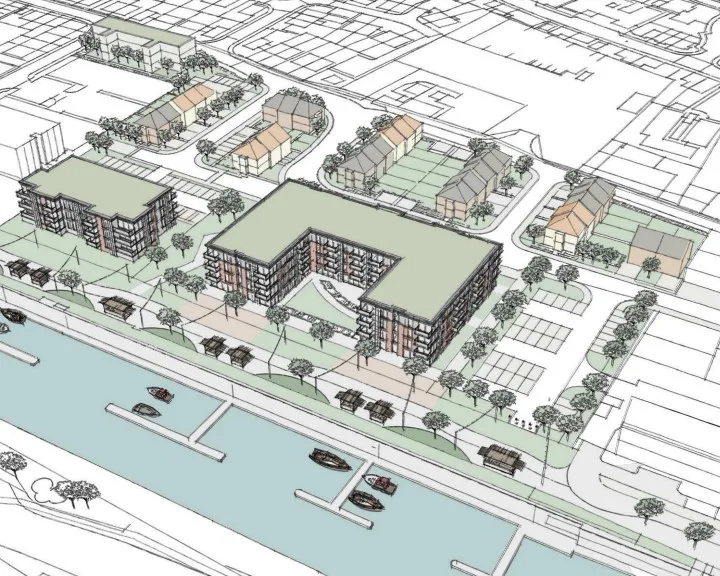A property company set up by Fenland District Council has reached agreement with the council that no affordable or social housing will be included in 60 flats and houses it proposes to build in Wisbech.
Fenland Future Ltd was set up by the council in 2020 to “maximise the return to the council as shareholder from its asset portfolio”.
Despite stating its “primary function” will be to deliver housing comprising of those for sale, private rented, affordable rent, shared housing and “discounted market housing”, an early scheme for the Nene waterfront will be exclusively homes for sale.
Fenland District Council planning committee will be asked on May 31 to give outline planning permission to Fenland Future Ltd for the Nene scheme, that also includes up to 900 square metres of commercial units, and an extra care facility of up to 70 one and two-bedroom apartments.
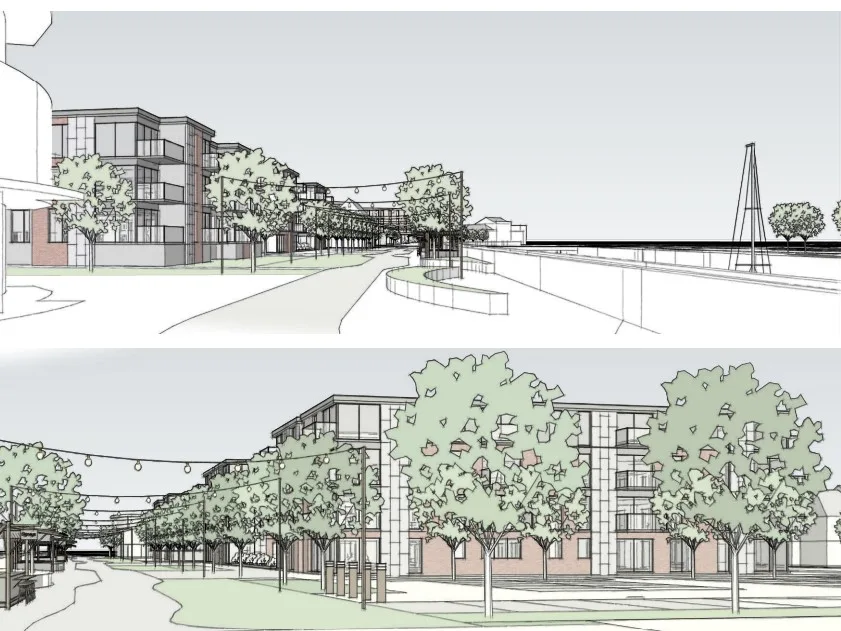
The council’s section 106 officer will tell the committee that a viability assessment prepared for Fenland Future Ltd “concludes that if the proposal included affordable housing it would not be viable.
“I’ve reviewed the inputs and confirmed with the agent that they all seem reasonable.
“The conclusion therefore is that the development is unable to provide any affordable housing for reason of viability.”
Viability scheme kept under wraps
The viability scheme has not been made public.
A report by planning officers says: “Following the council’s own viability assessment as part of the evidence base for the new draft local plan, the council accepted a position that 20% affordable housing south of the A47.”
This would amount to “£2,000 per dwelling infrastructure contributions, and 10% provision of First Homes north of the A47 and no infrastructure contributions would be a generally viable level of contribution for sites to deliver.
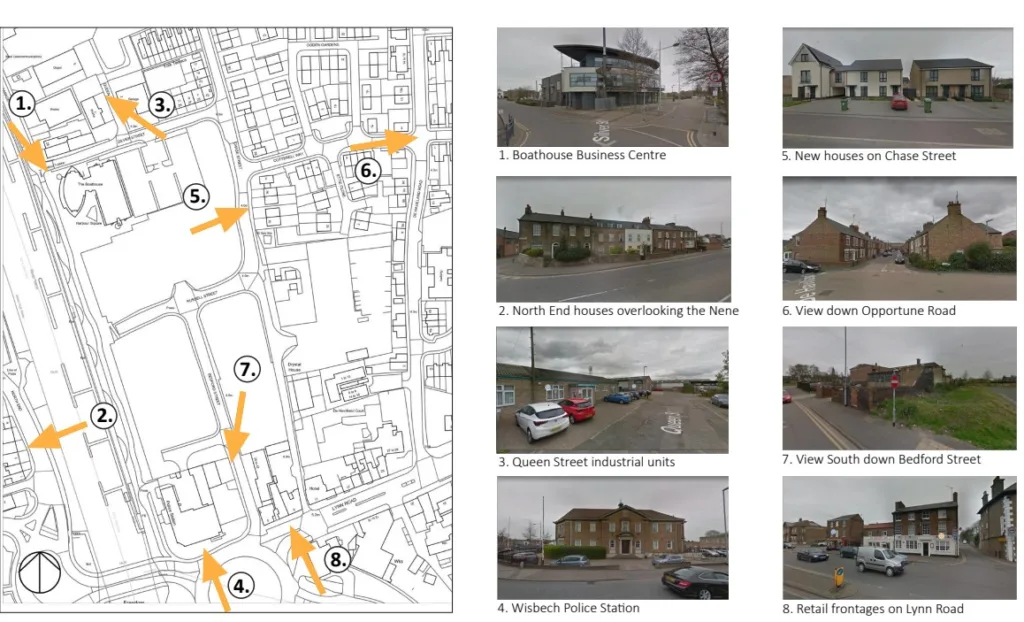
“However, the applicant has submitted a case specific viability assessment which confirms no affordable housing will be delivered due to the viability position of the site”
Current site ‘somewhat unkempt’
The four and half acre site is adjacent to the port and Nene Parade and described in planning reports as being “somewhat unkempt”. It is owned by Fenland Council.
“The site is currently vacant land,” says a report to the committee. “Whilst a significant redevelopment is likely to change to the character of the area, it is considered desirable and likely to lead to some regeneration benefits.
“Careful consideration at the detailed stage is advisable. It is hoped a similar impact will take place as occurred with the Boathouse Business Centre, which has had a positive outcome.”
The Environment Agency, despite offering no objections, said: “It would be welcomed if the detailed development address sustainable construction issues.
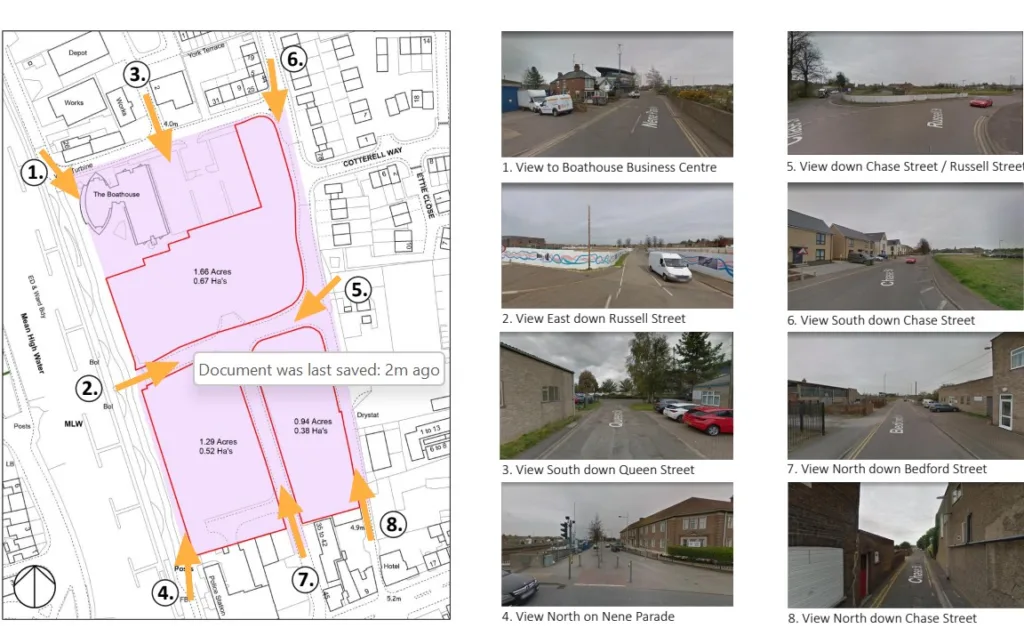
“For example, the use of grey water, particularly relevant in Fenland and in areas of high flood risk, and/or photovoltaics, heat source pumps, or measures over and above the building regulations.
“A nearby affordable development on the edge of Wisbech is currently providing photovoltaics to all dwellings suggesting therefore some measure that address climate change could be provided.”
Objection from Peter Humphrey
The council says there have been four objections to the scheme including from Peter Humphrey Associates who objected to the council determining its own application.
“The applicant is Fenland Future Ltd which is based at Fenland Hall, being funded by tax-payers money via Fenland District Council and yet the planning application is being determined by Fenland District Council’s own planning department,” said Mr Humphrey.
“In the interests of transparency something does not seem right here.”
The council will need to address concerns over archaeology.
A senior archaeologist from the county council said: “It is considered likely that important archaeological remains survive on the site and that these would be severely damaged or destroyed by the proposed development.
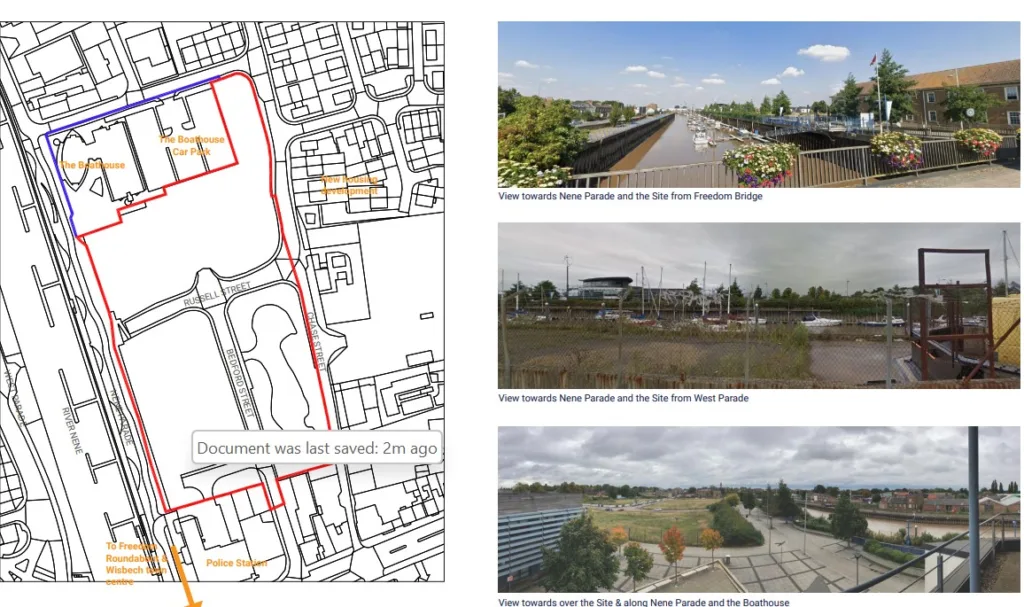
“This site lies to the north of the early medieval core of Wisbech, which was surrounded on its north and east side by the Well Stream (the former outfall of the Great Ouse until diverted in 1300) and by the canalised route of the River Nene to the west.
“The core area contains the castle of Wisbech (Cambridgeshire Historic Environment Record reference 01926) later re-used as a prison, around which the medieval town developed.
“The 1st edition Ordnance Survey mapping dated to 1885 indicate that the development area was covered by timber yards, the Union Brewery, limekilns, a manure works and a foundry alongside manure works, gas works, coal works and an industrial railway.
Good levels of medieval and post-medieval remains
“Periodic inundation of the area from overbank flooding of the pre-drainage river systems means that earlier archaeological deposits are likely to be sealed beneath silt and clay river flood deposits and, where archaeological investigations have occurred, good levels of survival of medieval and post-medieval remains have been demonstrated at sites such as Market Mews and Sandyland.
“Owing to the archaeological character and significance of the wider landscape outside the proposal area and lacking the baseline physical evidence from the site, accordingly the application cannot be supported in its current form as this evidence is required to inform a planning decision.
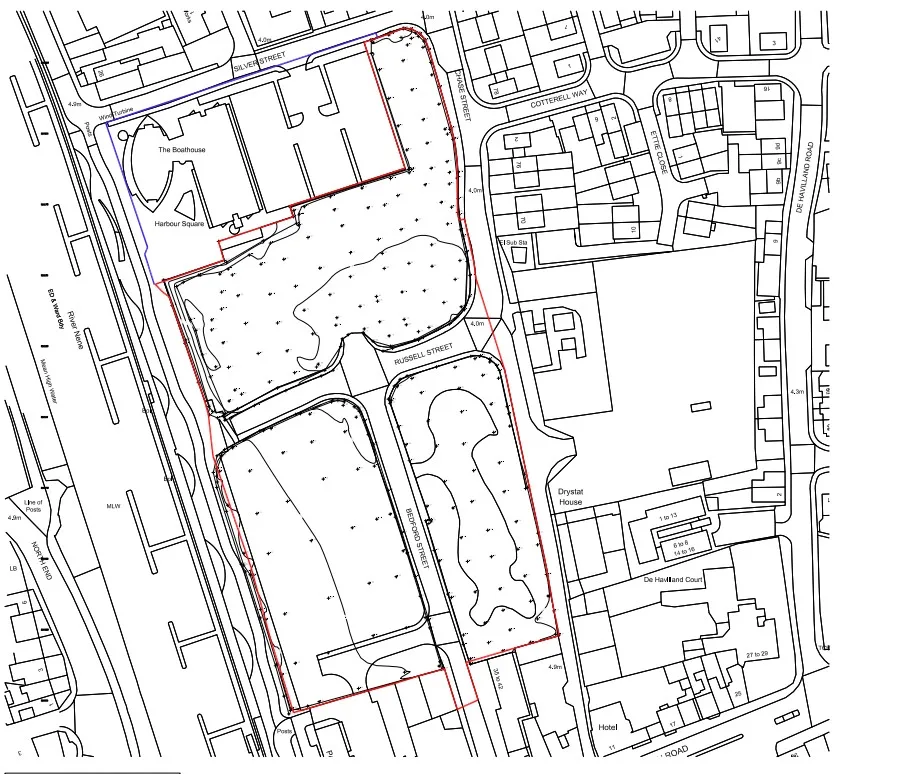
“Consequently, we recommend that the site is subject to an archaeological evaluation, to be commissioned and undertaken at the expense of the developer and carried out prior to the granting of planning permission.
“The evaluation results should allow for the fuller consideration of the presence/absence, nature, extent”
In a later note to the council, the archaeologist says: “My comments to the applicant’s archaeological consultant were that they needed to produce a professional standard archaeological desk-based assessment, incorporating a heritage impact assessment, to support their planning application.
Well short of professional standards
“This is not an expensive or time-consuming exercise and can be completed in a few days – it should be very straightforward for the applicant’s archaeologists to produce.
“We had previously received a document that was well short of professional standards.
“Once I see the updated report then we may be happy to go by condition, but the approach depends greatly on the applicant’s proposed foundation design.

“There is high potential for significant archaeology (remains of Wisbech’s medieval/postmedieval port), but this is buried at some depth, so we just need to see if the applicant’s foundation design involves substantial physical impact at that depth.”
In another email he says: “It’s about getting the applicant to have the right information/documentation in place that we can reasonably say if challenged that any planning decision has been appropriately informed in archaeological terms.
“I would expect the desktop survey to assess likely depth of remediation (and likely depth of archaeology). This would be particularly effective if there is any up-to-date borehole data/ground investigation data that could be incorporated.
“Based on the findings of that study we would probably have to choose between conditioning the foundation type/depth or requiring the applicant to do predetermination trenching and/or ground investigation.
“A watching brief would not be suitable. I imagine they are likely to want to pile in this location.
“Some of the confusion with this one comes from us being sent the existing ‘archaeological scoping report’ directly by the applicant’s archaeological consultant with no mention of it being related to this planning application, and being told that it was a very early ‘scoping report’ for a future planning application!”
Planning officers explained that “the application is in front of committee only because of it being a council application and the outstanding matter of archaeology.
“The recommendation is to grant consent unless the archaeology objection is not withdrawn within four months of this committee meeting, in such time the application be refused being contrary to Policy LP18 (which embraces rules and guidance on historic environment).
FENLAND FUTURE LTD
In a business plan approved by councillors, Fenland Future Ltd set out a “high level profit and loss account based on detailed projections included in exempt appendices”.
It predicted losses in 2021/21, 2022/2023. And up to £800,000 losses in 2023/24.
Upside is the profit predictions of £2.223m in 2024/25 and £1.379m profit in 2025/26.
FFL was incorporated in June 2020 following agreement by full council in January 2020 of the commercial and investment strategy.
“At the same meeting of full council, it was noted the intention to utilise up to £25m to deliver the objectives of the strategy,” says a council report.


